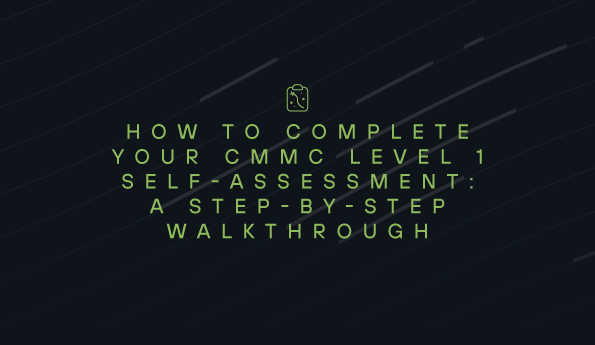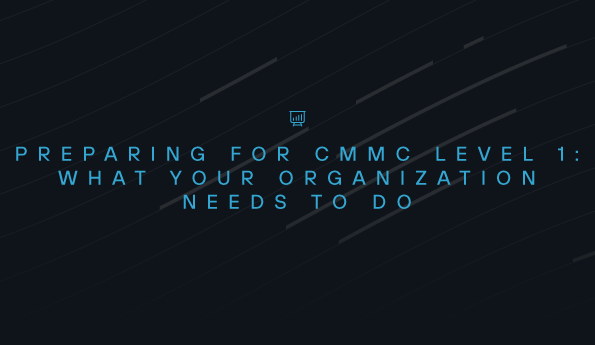Zero-Day Attacks and False Alarms: Lessons for MSPs
Zero-day vulnerabilities grab headlines, fuel speculation, and spark plenty of heated debates in the security community. For MSPs and MSSPs, the real question isn’t “is it a zero-day?”: it’s “how do we protect our clients if the worst hits?”
The challenge is that the rumor of a zero-day can be almost as disruptive as the vulnerability itself. Teams divert attention, clients start asking questions, and decision-makers are forced to weigh imperfect options under pressure. Recent events illustrate this tension well.
The SonicWall Zero-Day Scare and Ransomware Threats
In early August, the cybersecurity community lit up with reports that Akira ransomware operators were leveraging a new SonicWall zero-day. With Akira showing renewed activity since July 2025, the timing made the story plausible. Researchers speculated that attackers had uncovered a fresh vulnerability in SonicWall SSLVPN services, and news outlets amplified the narrative.
SonicWall took the unusual step of recommending customers disable SSLVPN services entirely while they investigated. On paper, that guidance looked prudent. In reality, it posed an immediate operational challenge for MSPs. Turning off SSLVPN services would have effectively locked some clients out of their own networks, grinding business to a halt until workarounds were found.
Ultimately, SonicWall confirmed it was not a zero-day at all. The attacks were instead exploiting systems that hadn’t been accurately patched after CVE-2024-40766.
The lesson was painful but clear: alarm can spread faster than facts, and security hygiene is just as critical as patching itself.
The Elastic EDR Zero-Day Panic
Only a couple weeks later, another firestorm hit: this time around Elastic’s Defend EDR solution. Reports emerged of a potential critical zero-day that, if real, would have been devastating. The vulnerability was rumored to allow attackers to bypass detection, crash systems, and potentially execute code remotely.
For any EDR platform, those are worst-case scenarios. If true, it would have meant thousands of organizations had little defense against targeted intrusion. Security teams mobilized quickly. Analysts scrambled to test theories, researchers exchanged heated posts online, and MSPs once again found themselves in the position of needing to reassure clients while the details were unclear.
By Monday, Elastic’s engineering team issued a response: no such vulnerability existed. They had investigated the claims, run their own validation, and found no evidence that attackers could bypass their defenses in the way described. The security community gradually moved on, though not before burning countless hours on speculation and preparation.
The common thread with the SonicWall and Elastic cases is simple: whether the zero-day was real or not, MSPs still had to stop, assess, and respond. That time investment is unavoidable, and it highlights the burden of reacting to breaking security news.
Why MSPs Can’t Ignore Zero-Day Rumors
Some might wonder… if a zero-day turns out to be a false alarm, is it worth the disruption? The answer is yes. Even unconfirmed reports influence client perception and business risk. Clients read the same headlines MSPs do, and many will reach out the moment they see a story tied to a product they use.
This puts MSPs in the role of trusted translator: separating speculation from fact, assessing risk to client environments, and communicating a measured response. Getting that balance wrong can hurt in two ways. Overreaction creates unnecessary downtime, but underreaction risks exposure if the vulnerability proves real.
The real takeaway is that MSPs can’t afford to sit back and “wait and see.” The speed of attacker activity means proactive resilience is the only safe position.
How MSPs Can Strengthen Cybersecurity Against Zero-Day Threats
So how do you manage the next zero-day panic without exhausting your team or rattling your clients?
1. Proactively Reduce the Attack Surface
The best defense against a zero-day is making it harder to exploit in the first place. That means:
- Enforcing patch compliance across all environments.
- Resetting or disabling unused accounts regularly.
- Locking down remote access pathways.
- Consistently following configuration recommendations and verifying baselines.
Every gap closed before a crisis is one less opportunity for attackers.
2. Use Defense-in-Depth Security Controls
No single solution can stop every threat. A layered approach ensures redundancy: NGAV for prevention, EDR for detection, SIEM for observability and correlation, and SASE for secure connectivity. Together, these tools catch what individual solutions miss. For MSPs, leveraging a Managed eXtended Detection and Response (MXDR) platform brings these layers into alignment, closing visibility gaps without multiplying complexity.
3. Own the Client Communication During Zero-Day Events
Clients can often see alarming headlines before they hear from you. Get in front of the story. Proactively share what you know, explain what actions you’re taking, and highlight the existing protections already in place. Even if the details are still emerging, clients will feel more confident knowing their MSP is actively monitoring and managing the situation.
4. Monitor Continuously, Not Just During Zero-Day Alerts
Zero-day rumors highlight a broader truth: attackers don’t need undiscovered vulnerabilities to cause damage. Commodity malware, phishing, and credential theft exploit known weaknesses every day. Building a culture of continuous monitoring and not just responding to the news cycle ensures you’re ready for both common and rare threats.
5. Build Adaptability into Your Cybersecurity Process
Security isn’t static. Adversaries evolve quickly, and so must defenses. Your ability to adapt policies, update detection rules, and adjust response playbooks on the fly is what minimizes damage. Resilience isn’t about never being breached; it’s about limiting attacker dwell time and reducing business impact.
Preparing for the Next Zero-Day
Zero-day vulnerabilities and rumors will continue to dominate headlines, and not every disclosure will prove valid. But for MSPs and MSSPs, the work doesn’t change. The role is to stay calm, stay proactive, and guide clients through the noise with clarity and confidence.
The real win isn’t predicting which headlines are accurate—it’s building resilient systems, consistent processes, and strong client trust so that the next SonicWall, Elastic, or yet-unknown zero-day doesn’t catch your business off guard.
Read more of coverage of new and emerging threats on our blog.
See Todyl in Action
Learn how you can protect what you built.
Stay on the Cutting Edge of Security
Subscribe to our newsletter to get our latest insights.



